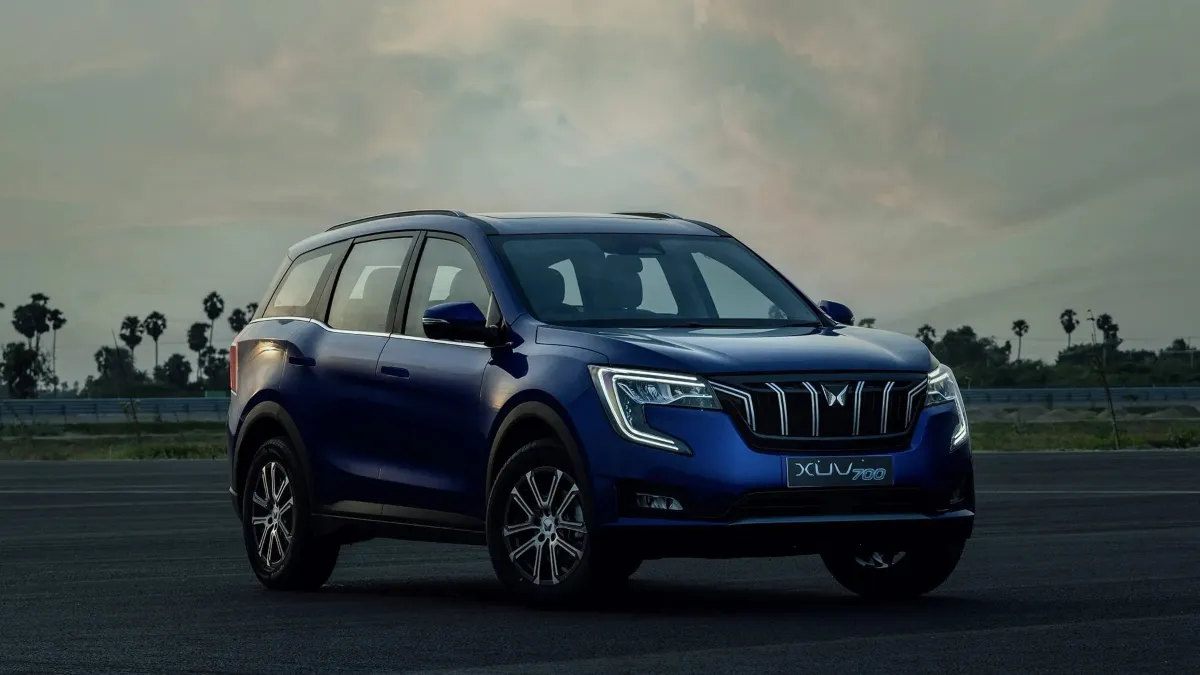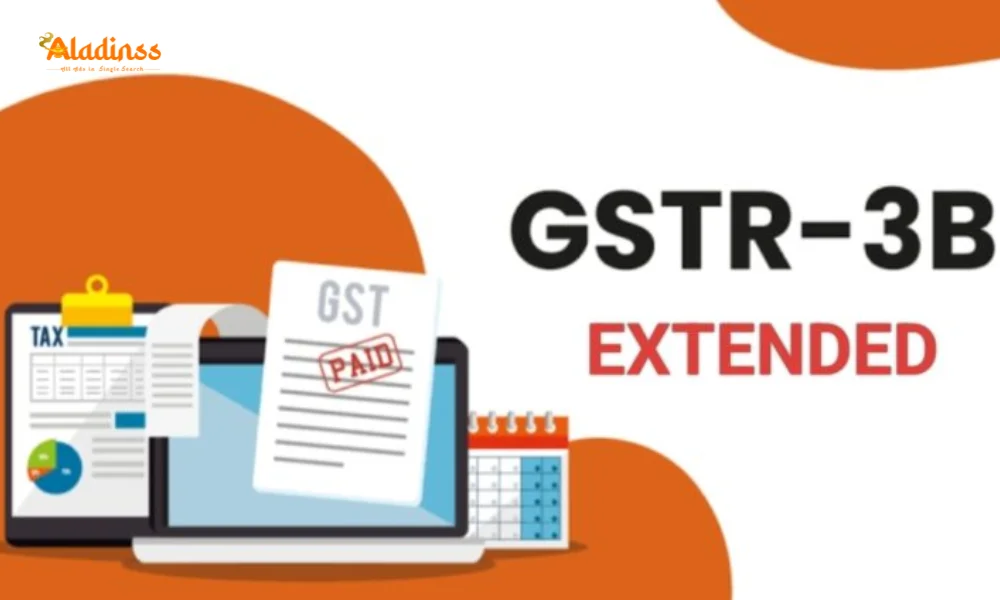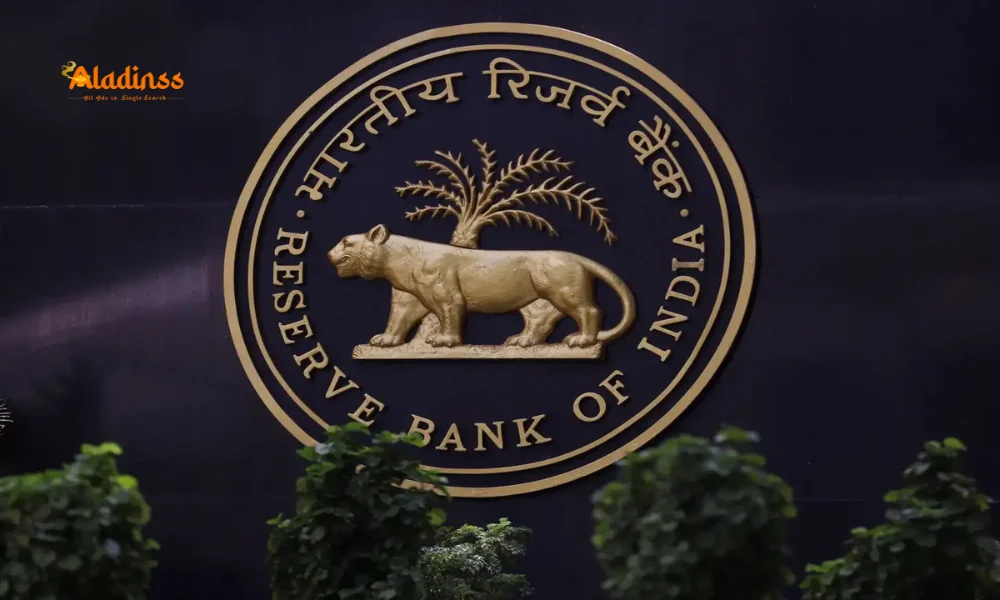Mahindra Cuts SUV Prices by Rs 1.56L Post-GST

Mahindra Slashes SUV Prices by Up to Rs 1.56 Lakh After GST Rate Cut
In a significant move for car buyers in India, Mahindra & Mahindra, a leading SUV manufacturer, announced price reductions of up to Rs 1.56 lakh on its popular sports utility vehicles (SUVs), including models like Scorpio, XUV700, Thar, and Bolero. The price cuts, effective immediately from September 6, 2025, follow the recent GST rate rationalization approved by the GST Council. This development aligns with similar announcements from Tata Motors and Renault India, signaling a broader trend in the Indian automotive industry to pass on tax benefits to consumers ahead of the festive season. The new GST rates, set to officially take effect on September 22, 2025, coinciding with Navratri, are expected to make vehicles more affordable, boosting demand in India’s competitive SUV market.
GST Rate Cut: A Game-Changer for the Auto Industry
The GST Council, in its 56th meeting held on September 3, 2025, introduced significant reforms to the tax structure for vehicles, reducing GST rates to enhance affordability. For petrol, CNG, and LPG cars with an engine capacity of up to 1200cc and a length not exceeding 4000 mm, the GST rate has been lowered from 28% to 18%. Similarly, diesel cars with an engine capacity of up to 1500cc and a length up to 4000 mm now attract an 18% GST rate, down from 28%. For larger vehicles, including SUVs with engine capacities above 1200cc (petrol/CNG/LPG) or 1500cc (diesel) or lengths exceeding 4000 mm, the GST rate is set at 40%, a reduction from the previous effective rate of up to 50% (28% GST plus 17%-22% compensation cess). The removal of the compensation cess is a key factor in reducing the overall tax burden, making vehicles more accessible to consumers.
These reforms are part of the government’s broader strategy to boost personal mobility in India, where car ownership remains low at 32-34 cars per 1000 people. By simplifying the tax structure and eliminating the cess, the GST Council aims to resolve classification disputes and stimulate demand, particularly during the festive season starting with Navratri on September 22, 2025. The immediate implementation of price cuts by Mahindra, ahead of the official GST rate change, underscores the company’s commitment to passing on the full tax benefits to customers, potentially giving it a competitive edge in the market.
Mahindra’s Price Reductions: Model-Wise Breakdown
Mahindra & Mahindra, a dominant player in India’s SUV segment, has revised the prices of its entire internal combustion engine (ICE) SUV portfolio to reflect the GST rate cuts. The price reductions, effective from September 6, 2025, range from Rs 1.01 lakh to Rs 1.56 lakh, depending on the model and variant. Below is a detailed breakdown of the savings for Mahindra’s popular SUV models:
- XUV3XO (Diesel): Tax incidence reduced from 31% to 18%, offering savings of up to Rs 1.56 lakh.
- Scorpio-N: Tax reduced from 48% (GST + cess) to 40%, with savings of up to Rs 1.45 lakh.
- XUV700: Tax lowered from 48% to 40%, resulting in savings of up to Rs 1.43 lakh.
- XUV3XO (Petrol): Tax incidence dropped from 29% to 18%, providing savings of up to Rs 1.40 lakh.
- Thar 2WD (Diesel): Tax reduced from 31% to 18%, with savings of up to Rs 1.35 lakh.
- Thar Roxx: Tax lowered from 48% to 40%, offering savings of up to Rs 1.33 lakh.
- Bolero / Bolero Neo: Tax incidence reduced from 31% to 18%, with savings of up to Rs 1.27 lakh.
- Scorpio Classic: Tax reduced from 48% to 40%, providing savings of up to Rs 1.01 lakh.
- Thar 4WD (Diesel): Tax lowered from 48% to 40%, with savings of up to Rs 1.01 lakh.
These price reductions make Mahindra’s SUVs, known for their rugged design and advanced features, more attractive to buyers. The XUV3XO diesel variant sees the highest savings, reflecting the significant tax relief for sub-4-meter diesel vehicles. Larger models like the Scorpio-N and XUV700 also benefit substantially, catering to buyers seeking premium SUVs at a lower price point.
Tata Motors and Renault India Follow Suit
Mahindra is not alone in capitalizing on the GST rate cuts. Tata Motors announced price reductions ranging from Rs 65,000 to Rs 1.45 lakh across its passenger vehicle lineup, effective from September 22, 2025. The reductions include Rs 75,000 for the Tiago, Rs 80,000 for the Tigor, Rs 1.10 lakh for the Altroz, Rs 85,000 for the Punch, Rs 1.55 lakh for the Nexon, Rs 65,000 for the Curvv, Rs 1.40 lakh for the Harrier, and Rs 1.45 lakh for the Safari. These cuts make Tata’s diverse portfolio, spanning hatchbacks, sedans, and SUVs, more competitive in the market.
Similarly, Renault India has reduced prices by up to Rs 96,395, effective from September 22, 2025. The entry-level Kwid sees a price drop of Rs 55,095, the Triber by Rs 80,195, and the Kiger by Rs 96,395. These reductions target Renault’s compact and budget-friendly models, appealing to price-sensitive buyers in the sub-4-meter segment. The collective response from major automakers like Mahindra, Tata Motors, and Renault India highlights the industry’s commitment to passing on GST benefits, fostering consumer confidence and driving sales.

Impact on Consumers and the Auto Market
The GST rate cuts and subsequent price reductions are poised to have a transformative impact on India’s automotive market. For consumers, the savings translate into lower ex-showroom prices, reduced on-road costs, and lower equated monthly installments (EMIs). For instance, a Rs 1.56 lakh reduction on the Mahindra XUV3XO diesel variant could lower the EMI by approximately Rs 2,000, making it more affordable for middle-income families. Additionally, the reduction in GST on auto components to 18% could lower production costs, potentially leading to further price benefits if manufacturers pass on these savings.
The timing of these price cuts, ahead of the festive season, is strategic. Navratri and Diwali are peak periods for car purchases in India, with dealerships reporting high booking volumes. The immediate implementation by Mahindra, starting September 6, 2025, gives it a head start over competitors, potentially boosting showroom footfalls and sales. The reduced tax burden also lowers the road tax component, calculated based on the ex-showroom price, further reducing the overall cost of ownership for buyers.
Why Manufacturers Are Acting Early
While the new GST rates officially take effect on September 22, 2025, Mahindra’s decision to implement price cuts immediately is a strategic move to build consumer goodwill and capture market share. By adjusting ex-factory prices now, Mahindra ensures that dealers can issue invoices at lower effective prices, passing on the benefits to consumers without delay. This approach aligns with the government’s intent to ensure that GST reductions translate into tangible savings for buyers, as emphasized by Union Commerce and Industry Minister Piyush Goyal. Other manufacturers, like Tata Motors and Renault India, have opted to align their price cuts with the official GST implementation date, but Mahindra’s proactive stance could drive early demand.
The GST reforms also address long-standing industry demands for a simplified tax structure. Previously, the compensation cess, ranging from 1% to 22% based on vehicle category and engine size, created complexities and disputes. Its removal streamlines the tax regime, making it easier for manufacturers to price vehicles competitively. The reduced tax incidence, particularly for sub-4-meter vehicles, is expected to boost sales of compact SUVs like the Mahindra XUV3XO, Tata Nexon, and Renault Kiger, which dominate the urban market.
Festive Season Boost and Market Outlook
The GST rate cuts come at a pivotal time for India’s auto industry, which has faced challenges such as rising input costs and fluctuating demand. The festive season, starting with Navratri, typically sees a spike in car bookings, and the price reductions are likely to amplify this trend. Industry experts predict a significant increase in showroom traffic, particularly for compact and mid-size SUVs, as buyers capitalize on the lower prices and festive discounts. Mahindra’s immediate price cuts could position it favorably against competitors, especially in the SUV segment, where it holds a strong market presence.
Looking ahead, the GST reforms are expected to drive long-term growth in India’s automotive sector by making vehicles more affordable and accessible. The reduced tax rates for smaller vehicles could accelerate the shift toward compact SUVs, a segment that has gained traction among urban buyers. However, the extent to which manufacturers pass on the full benefits of the tax cuts will determine the actual savings for consumers. With major players like Mahindra, Tata Motors, and Renault India leading the charge, the stage is set for a robust festive season and a revitalized auto market in 2025.
Comment / Reply From
No comments yet. Be the first to comment!









